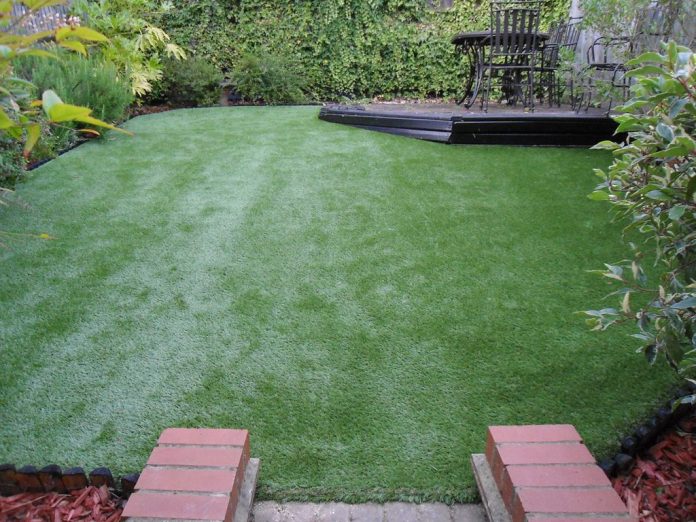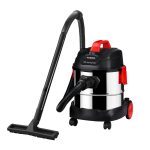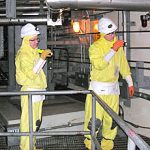Last Updated on May 20, 2024 by Jawad Ali
Water has been something crucial and necessary to maintain a simple natural lawn. The waterless nature of synthetic turf continues to be a dominant reason why many households and commercial businesses use them on their lawns. It is seen as a revolutionary component in the landscaping world and the environmentally friendly movement.
Waterless artificial turf is an investment that proves to save time, money, and water; its installation might sound easy, but a lot goes into it. One crucial component that you would require for installing artificial grass is synthetic turf adhesive. It lays beneath the turf backing and ensures that the multiple sections of the turf that have been seamed together stay together. Most adhesives found today in the market are moisture-cured urethanes and are a perfect blend of polyurethanes. These adhesives employ chemical and mechanical bonds instead of just mechanical bonds. Hence, they can chemically attach themselves to the surface and lock onto the substrate.
Besides choosing the right kind of adhesive, there is another important consideration that you need to make: choosing the right type of synthetic turf for your area.
Types of Synthetic Turf
There are three types of synthetic turf available in the market:
Polypropylene artificial grass: It is the least expensive and least durable kind of synthetic turf. It is suitable for small areas that do not get much traffic.
Polyethylene artificial grass: It gives you the most realistic look and texture and is considered a good mid-range option for creating an artificial lawn.
Nylon artificial grass: It is the most durable, long-lasting, and the most expensive synthetic turf. It is ideal for areas that receive high traffic.
Benefits of Choosing Synthetic Turf
No doubt, synthetic turf has gained immense popularity in the past decade, thanks to its hyperrealistic look. But this is not the only reason why more and more people are considering these artificial turfs. Here are a few benefits of installing artificial grass; continue reading!
- Long-term savings: Though initially, you will have to shell out a significant amount of money on its installation, it saves you a lot over time, with lower water bills and no need for a lawnmower.
- No need for mowing: If you have ever had a lawn before, you probably know that lawn maintenance is a big hassle, and the most daunting task is mowing. However, when installing synthetic turf, you get freedom from mowing your ground.
- Stays always green: Another essential benefit of artificial grass is that they remain green always. Once installed, you don’t need to worry about those dead patches in the winter, ugly brown spots, and wilting lawn during droughts.
- No watering required: This is another benefit for which more and more people are considering installing artificial grass; it requires no watering.
- Bug-free: Bugs and other outdoor pests dislike synthetic turf as much as natural grass. That means you will get the ultimate freedom from bugs and other creepy crawlies.
Process of Installing Artificial Turf
- Levelling of the surface: You first need to make sure the landscape is even.
- Check for drainage issues: Your synthetic turf can get ruined if there is no proper drainage system. So make sure there is no area prone to pooling.
- Add a weed barrier: Once the ground is cleared, you need to ensure that weeds, grass or plants won’t grow back beneath the turf. For this, you need to put the weed barrier under the turf.
- Roll it carefully: Join the artificial turf carefully and ensure the rolls are even and tight.
- Secure the edges: The edges of the turf need to be secured carefully using quality synthetic turf adhesive to ensure that they do not curl up at corners.
Hence, it can be concluded that synthetic turf is an excellent choice for those looking to save lawn maintenance costs, reduce their outdoor chores and lessen allergy issues.
Apart from this if you are interested to know more about When You Want to Start Skiing then visit our Sports category


























